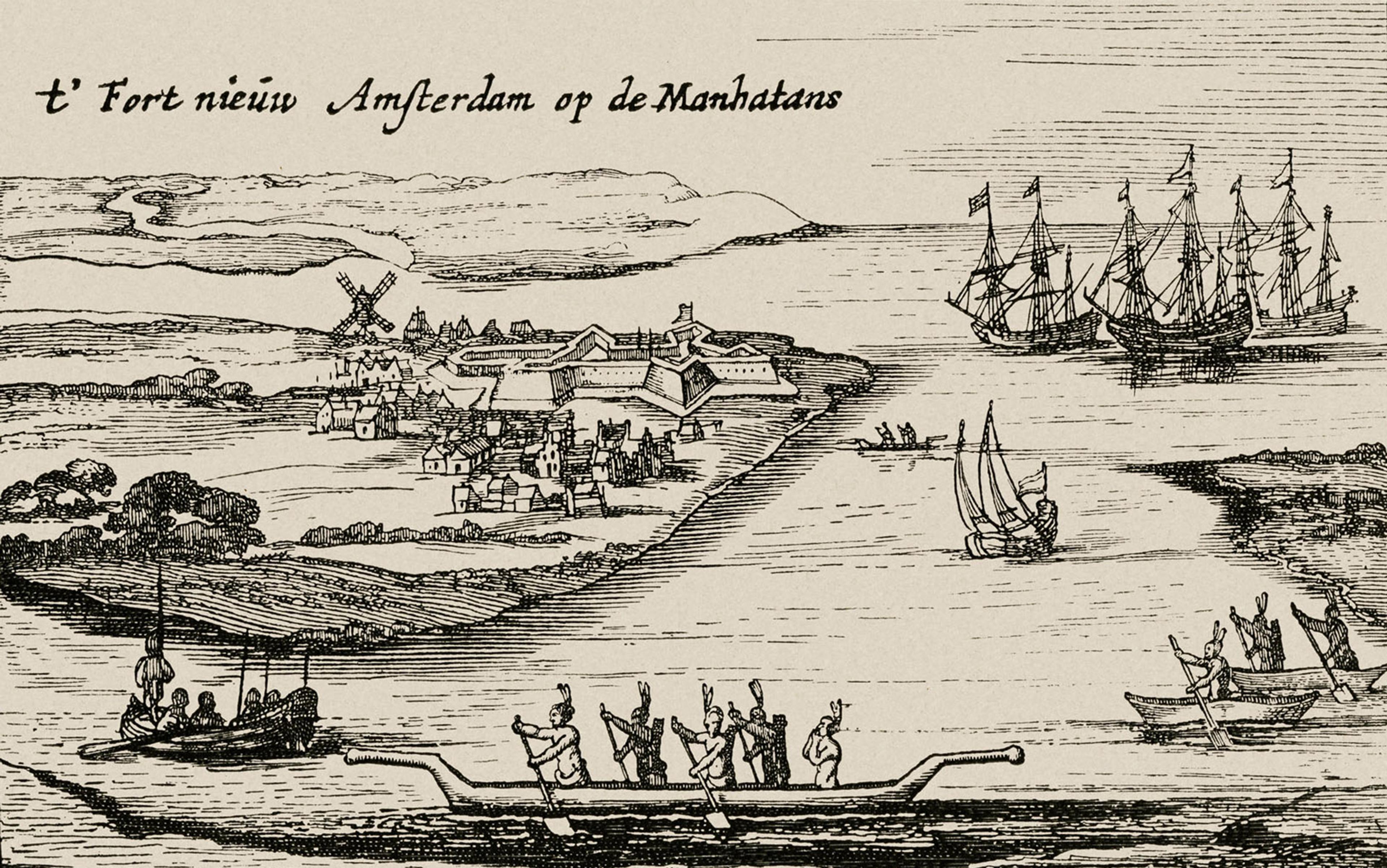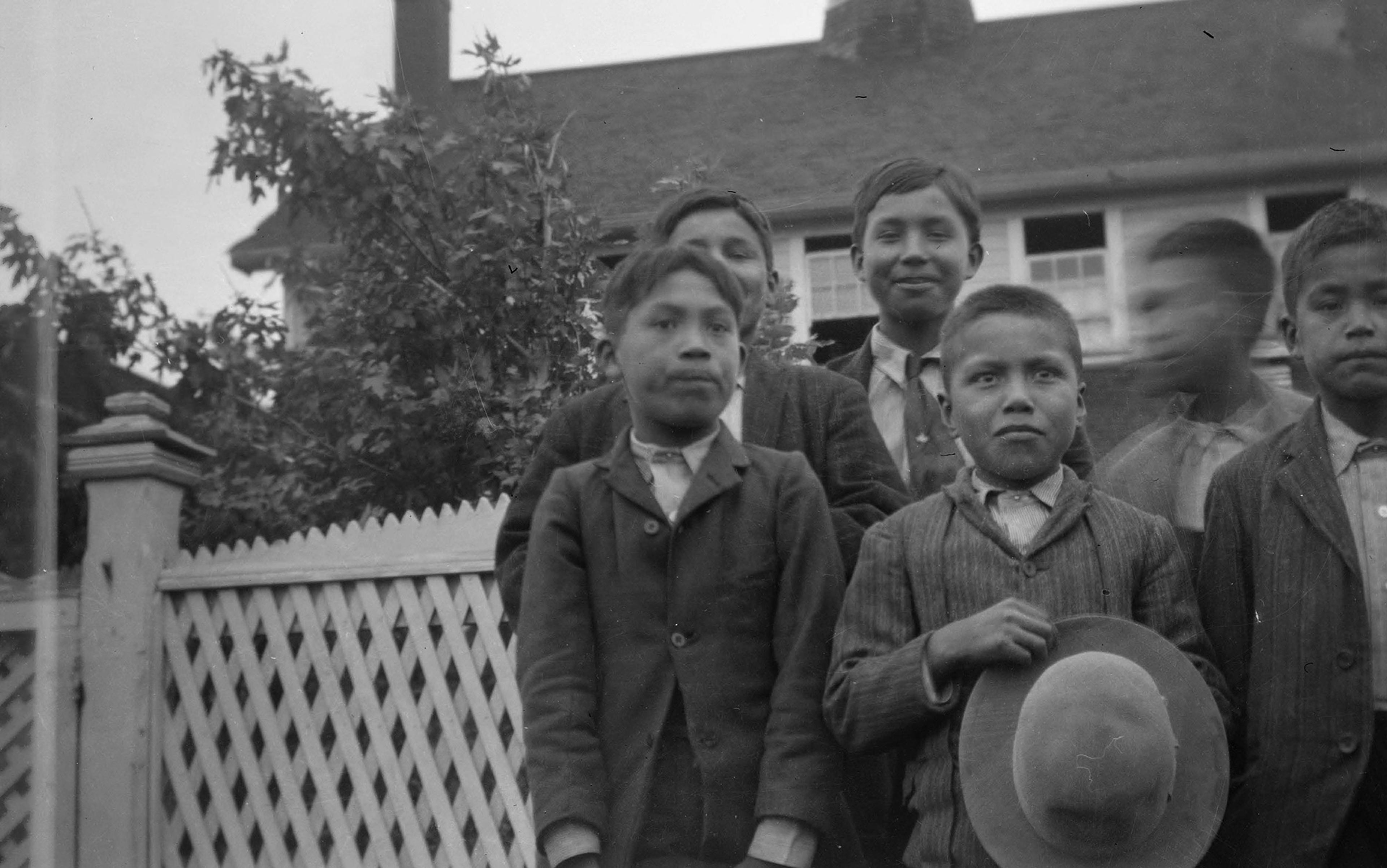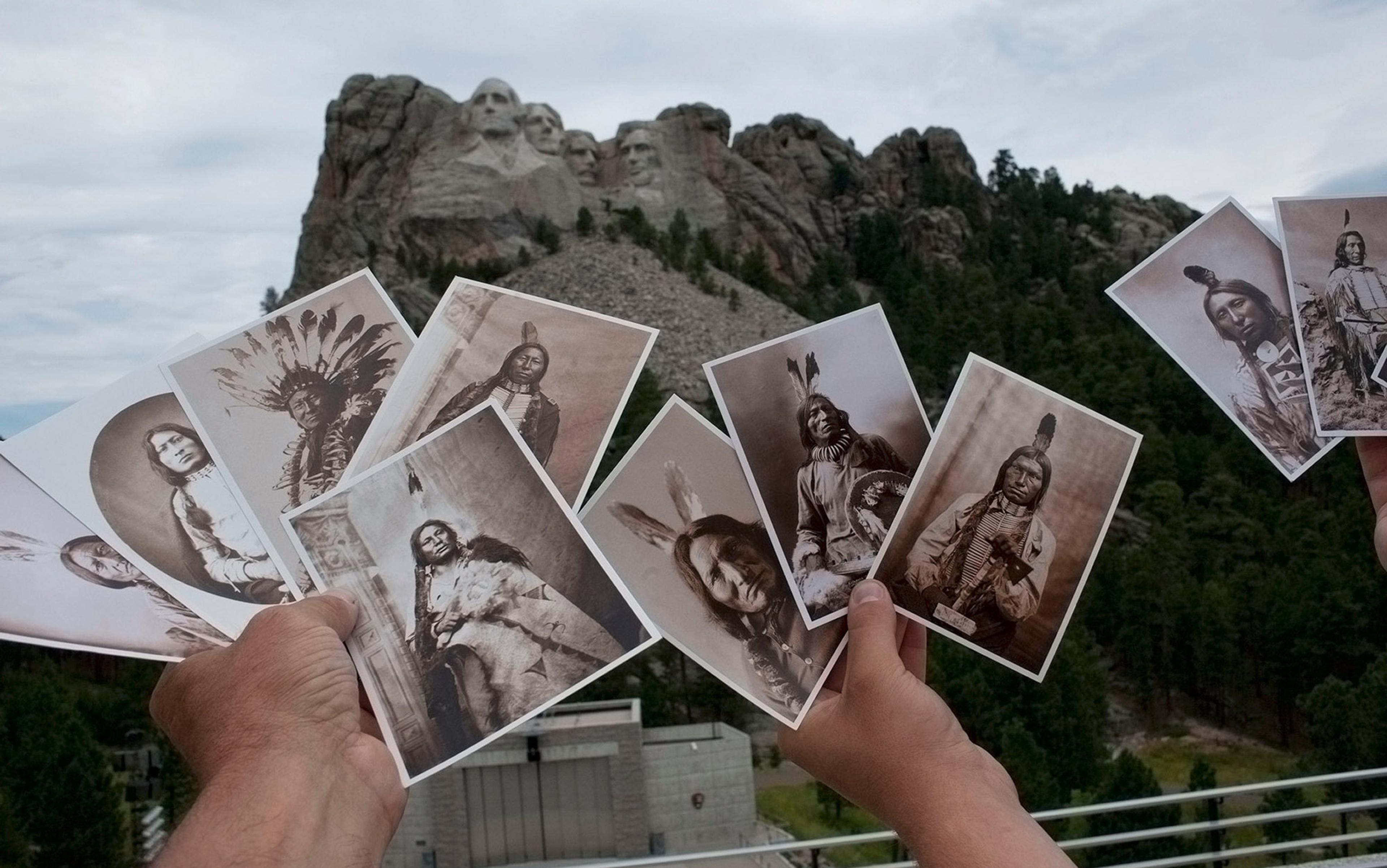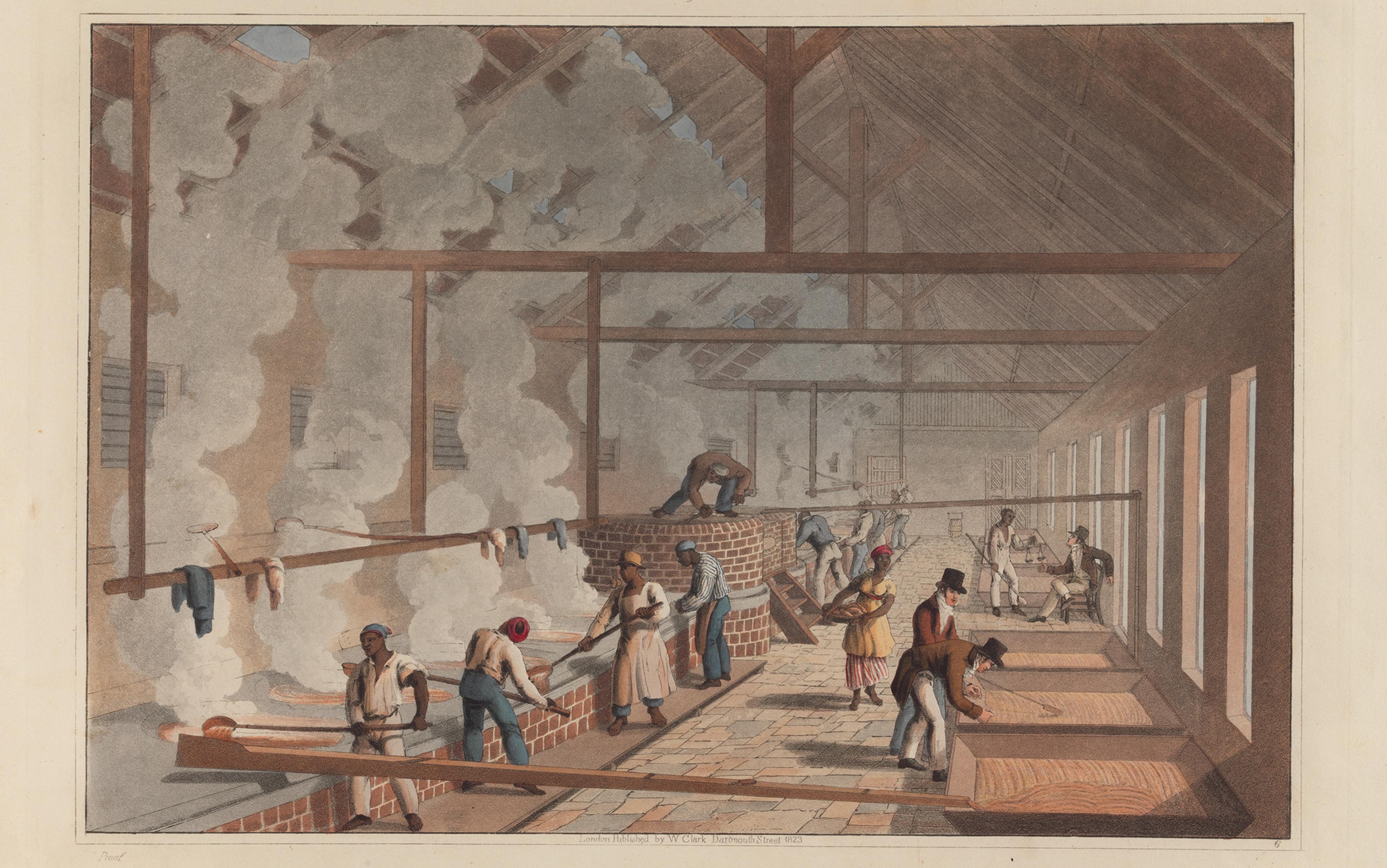Torture was a traditional tool of statecraft when Europeans began the conquest of North America during the 17th century. Its legitimacy as an appropriate means to punish treason, heresy and other grave offences was secure across the European continent. When Europeans confronted the native peoples along the eastern seaboard of North America, they encountered unfamiliar traditions of torture. Native American Indians likewise struggled to understand the logic and conventions of the violence perpetrated by Europeans. American Indians and Europeans taught each other about themselves through, among other things, these acts of violence, which became a means of communication accompanying the European conquest of North America. Torture became a form of cultural exchange.
In September 1637, a debate took place in present-day Quebec between a Jesuit missionary and Huron warriors. Their respective traditions of violence was a recurring focus. The Huron, who were then engaged in a bitter struggle with the Iroquois Confederacy on their southern boundary, had captured an Iroquois man and prepared to torture and execute him. Grasping an opportunity to baptise the prisoner and to proselytise his captors, Jesuit missionaries attended the execution. During the day and a half of the prisoner’s torture, the missionaries debated with the gathered Huron about Christian concepts of sin, heaven, French treatment of prisoners of war, and especially European methods of torture and execution. At one point, a Huron warrior asked why the priests objected to the tormenting of the captive. The missionary clarified that he objected only to the manner of his execution. ‘How do you French do it?’ the warrior asked. The priest conceded that the Europeans executed criminals ‘but not with this cruelty’. ‘Do you never burn any?’ the Huron man probed. Not often, the priest replied, before adding that ‘even then, fire is only for enormous crimes, and besides, they are not made to linger so long – often they are first strangled, and generally they are thrown at once into the fire, where they are immediately smothered and consumed.’ The Jesuit was grasping for ways to distance French torture from its Indian counterpart and to establish the superiority of European traditions.
This exchange between the Jesuit missionary and the Huron in 1637 brings to mind Michel de Montaigne’s wisdom that ‘each man calls barbarism whatever is not his own practice’. For the European invaders of North America, the mantle of Christian civilisation bestowed legitimacy to actions and distinguished their violence from that of the ‘savages’. The values of civilisation restricted violence against other ‘civilised’ peoples, while authorising virtually unlimited violence against ‘primitive’ peoples.
Wherever Indians along the eastern seaboard of North America practised torture, they did so according to conventions as coherent as any that regulated it in Europe. Europeans generally failed to understand this. For all the cruelty inherent in Indian torture, the violence was not wanton, and its rules were well-understood from one Indian nation to another. The practices were an extension of Indian spirituality and an important facet of Indian warfare.
When a Huron or Iroquois warrior was killed, his male blood relatives incurred a duty to punish either the killer or a member of the killer’s lineage. The obligation to kin and nation seldom translated into simple revenge. Death at the hands of kin, of allies, and of enemies each demanded different responses. The obligation to vengeance could fuel ongoing cycles of retribution that spanned generations and shaped daily lives. The violence could be tempered. As long as the warring parties abided by tradition and exacted retribution commensurate with their losses, cycles of violence could be contained or even halted.
Many Europeans exaggerated the frequency of torture by Indians. The European perception of habitual torture seems to have been sustained by European lore rather than by actual practice. More often, Indian raiding parties dispatched their enemies on the battlefield or captured them with the intent of adopting or enslaving them. Torture most likely was an exceptional ritual.
The rituals of torture that the Iroquois captive experienced in 1637 were familiar to Indians along the Atlantic coast of North America. When raiding parties returned to their villages, they typically compelled their captives to run a gauntlet. The severity of the violence varied according to the aims of the captors. When the intent was to adopt the prisoners, the gauntlet served as an initiation ritual symbolically erasing the captives’ former identity and ushering them into an adoptive clan. In other instances, the gauntlet provided for collective participation in the ritual of vengeance. Both the torturers and the tortured understood their respective roles. Both were expected to demonstrate command of their emotional and rational faculties.
Captives needed to maintain a stoic demeanour so as to demonstrate their dignity and the valour of their people. The goal of the torturers was to vent sufficient emotional fury to avenge their dead kin while simultaneously restraining themselves from killing the captive until the appropriate moment dictated by Indian spiritual beliefs. Indians sometimes treated their captives with meticulous politeness throughout the long ordeal of their execution. A Huron explained to a French missionary: ‘We have nothing but caresses for them a day before their death, even when our minds are filled with cruelties, the severity of which we afterward find all our pleasure in making them feel.’ Such decorum was in keeping with the significance that Indians attached to the rituals of torture and execution.
The European invaders had their own traditions of torture, and the Huron and other North American Indians often found them shocking. Europeans ignored the conventions of Indian diplomacy. They dispensed unprovoked cruelty while waging what to Indians seemed indiscriminate war.
Torture is enmeshed in European history, in its statecraft, warfare and culture. The Ancient Greeks tortured, the Ancient Romans codified it in law, and the Catholic Church advocated it during the Middle Ages. Lawbreakers were publicly flogged, chained in iron collars, and tormented in stocks; they suffered having their hands and ears cut off, and their bodies racked, burned, flayed, and pulled apart. Churches featured representations of saints enduring horrific torments by knife, spears, arrows and fire. They displayed the nails, spears, thorns, whips and, especially, the Saviour’s blood, as reminders of the torture Jesus had endured. Manuals catalogued, in meticulous detail, accumulated wisdom about effective torture techniques.
European rulers used torture to demonstrate state power, especially against those accused of treason. Since the Roman era, treason had been considered an especially vile crime against the majesty and authority of one’s ruler. Torture occupied an equally prominent role in the Roman Church’s evolving campaign against heresy. Officially, the Church forbade inquisitors from permanently harming suspects or drawing blood. So they devised other effective methods of torture, including the rack, the strappado and simulated drowning to determine the guilt of heretics.
They faced a quandary when confronted with cases in which they lacked either witnesses or confessions. In such instances, communities before the 12th century relied on judicial ordeals during which they determined guilt or innocence by bodily torment (such as fire or water). By observing how the accused endured the ordeal or the extent of their injuries, courts claimed to be able to discern God’s judgment as to their guilt. After the Latin Church in 1215 withdrew its sanction for trials by ordeal, jurists experimented with new procedures to determine truth. They gradually settled on an elaborate method, including torture, to secure proof through confessions.
European torture was the prerogative of trained authorities who professed to act in the interest of society
To the Jesuit missionary who debated the Huron in 1637, the procedural prerequisites of European torture distinguished it from the Indian counterpart. From at least Ancient Rome onward, Europeans saw ‘barbarians’ as committing senseless violence that served no rational end other than to gratify their savage impulses. By the 16th century, Europeans had compiled a long list of people who qualified as barbarians, including the Scythians, Vandals, Saracens, Vikings and Mongols. It was easy to add North American Indians.
Over the 16th century, accumulating accounts of Indian culture and traditions, especially torture, helped Europeans, to their satisfaction, substantiate their portrait of Indian primitivism. By the mid-18th century, European commentators concluded that Indians were facsimiles of the primitive peoples of Europe who had lived a millennium or more earlier. North American Indians were also nomadic – like the savages of ancient Europe had been – and lacked formal systems of law and property (that contemporary Europeans respected).
Europeans contrasted the elaborate formal procedures surrounding torture in Europe with the perceived anarchy of Indian torture. In keeping with the oft-cited ‘rule of law’ that Europeans proclaimed to be the prerequisite for civilisation, European torture was the prerogative of trained state and clerical authorities who professed to act in the interest of society. By way of contrast, the participation of women and sometimes children in Indian violence exemplified, in the eyes of Europeans, Indians’ coarsened sensibilities. A 17th-century Jesuit missionary, for instance, catalogued the torture visited on an Iroquois captive by a gauntlet of Huron women and children. While they stabbed, cut and burned the victim’s limbs, one woman attempted to bite off his finger, ‘as a dog would do’. She eventually hacked off his finger, roasted it, and gave it to some children ‘who continued to suck it for some time’. That communities tolerated, let alone sanctioned, such violence by Indian women ran contrary to European conceptions of appropriate feminine conduct.
Prejudices about Indian barbarism and heathenism helped Europeans to ignore professed principles of war and justice that otherwise might have circumscribed their conduct. The much-publicised exploits of Hannah Duston, captured by Indians during King William’s War, was a case in point. In March 1697, Hannah, her husband and their nine children came under attack by a group of Abenaki Indians from Quebec. Duston’s husband managed to flee with eight of their children, but the Abenaki captured Hannah, her newborn daughter and her nurse. Six weeks after her capture and after witnessing the murder of her six-day-old infant, Hannah seized an opportunity to attack her captors while they slept. Brandishing a tomahawk, she killed three adults and six children, then scalped them (so as to have proof sufficient to collect a bounty for killing them), before escaping by canoe to Haverhill, Massachusetts, where she was welcomed as a hero.
In the eyes of Cotton Mather, one of the pre-eminent clerics in the Massachusetts colony, this murder and scalping of Duston’s captives was beyond reproach. Although her desperate actions, especially the execution of sleeping children and the scalping of their corpses, seemingly contradicted civilised norms, particularly those that applied to women, Mather condoned her actions. He excused her because she had been beyond the boundaries where formal law prevailed. ‘Being where she had not her own life secured by any Law unto her,’ he explained, ‘she thought she was not forbidden by any Law, to take away the Life of the Murderers, by whom her Child had been butchered.’ Rather than evidence of settlers degenerating to the level of the savage, Duston’s actions testified to her resolve to protect the foundations of civilisation and civil society.
The occasional European commentator even acknowledged that the distinctions drawn by Europeans between their torture and that of North American Indians were meaningless and self-serving. Jean de Léry, a 16th-century Frenchman, joined a colony of Protestant settlers in Brazil, where he concluded that Indian and European violence differed more in order of magnitude than in kind. In his book Histoire d’un Voyage Fait en la Terre du Brésil (1578), he catalogued the cruelties that the Brazilian natives inflicted on their captives and their penchant for cannibalism. He gave even more prominence to Old World perpetrators of violence, entitling a portion of his book: ‘On the cruelties exercised by the Turks and other people: and namely by the Spaniards, much more barbarous than even the savages [of the New World]’. Léry singled out the Spanish for reproach not only because of the scale of their violence but also because of their apparent intent to dehumanise the native peoples of the New World. After taking stock of the cruelty in the New and Old worlds, his conclusion was in favour of the Indians he had observed in Brazil.
Other commentators warned that civilisation could not be nurtured in the New World through acts of violence against Indigenous Americans. Bartolomé de las Casas, an outspoken 16th-century Spanish cleric, denounced the atrocities perpetrated by Spanish colonists, and lobbied for protections for Indians throughout the Spanish Empire in the New World. During the 18th century, Sir William Johnson, a British Indian agent in the New York colony, pursued a policy of co-existence between Indians and European settlers that moderated Anglo-American violence against Indians. Admittedly, Johnson and other imperial officials who encouraged forbearance and advocated negotiations with Indians, did so on pragmatic grounds: European violence begat Indian violence, which interrupted valuable trade and dissuaded European immigration to the colonies. At the end of the colonial era, Benjamin Franklin worried that New World conditions would erode the civilised sensibilities of European settlers. He regretted that Europeans had superseded Indians in their mastery of barbarism. He and others pointed out, for instance, that only in exceptional instances were Indians accused of sexual violence against Europeans, whereas colonists routinely adopted rape as a tactic of war against Indians.
Allegations of Indian barbarism gave licence to white Americans for unimaginable violence against Indians
No consternations over brutality along the frontiers of Europe’s North American empires could quell the European hunger for Indian lands. Defenders of the settlers marshalled all cultural resources at their disposal to brush aside accusations of settler barbarism and to vilify Indians as exemplars of irredeemable barbarism.
At the same time that Europeans in North America were accentuating the purported link between torture and savagery, intellectuals, jurists, statesmen and clerics in 18th-century Europe increasingly contended that torture was an affront to human dignity. By 1770, European torture was fast becoming disreputable, and by the early 19th century nation after nation on the continent banned torture. Against this backdrop, lurid accounts of torture in North America underscored the distance that separated the centres of progress and civility in western Europe from the New World’s vulnerable outposts of civilisation.
With the founding of the republic, Americans comforted themselves that torture would be confined to the contested boundaries of the nation where European civilisation abutted Indian primitivism. The threat of Indian torture remained conspicuous in US popular culture. Memoirs of Indian captivity, which invariably included extended accounts of gratuitous Indian violence and torture, enjoyed popularity throughout the 19th century. Allegations of Indian barbarism continued to give licence to white Americans to resort to unimaginable violence against Indians. And even where ‘civilisation’ prevailed on the continent, torture was not eradicated. To the contrary, the practice of torture persisted in the new nation, as did the invocation of barbarism and civilisation to defend its use. In the nation’s penitentiaries, which were widely regarded as laboratories for modern penology, inmates underwent tortures that purportedly speeded their rehabilitation. Enslaved African Americans were virtually unprotected against the violence necessary to achieve their ‘most entire submission’, as one slave master explained. During the late-19th century, suspected criminals were routinely subjected to police violence, referred to as ‘the third degree’, to elicit confessions. As one early 20th-century opponent of police brutality explained, when policemen ‘can pound a confession out of a man, it saves endless trouble in bringing about a conviction.’
Apologists for the violence directed at these groups insisted that whatever they suffered was in the interest of society, and they had brought it on themselves. In the decades before the Civil War, slaveholders denounced the ‘mistaken philanthropy’, ‘flummery and humbuggery’, ‘sickly sensibility’ and ‘impatience of all just subordination and restraint’ that sought to abolish slavery. In the words of the senator of Florida, David Yulee: ‘There must be discipline; there must, be, arbitrary power.’ At the turn of the 20th century, the superintendent of one of the nation’s most celebrated penitentiaries compared beatings with rubber hoses and paddles to ‘harmless parental discipline’ necessary to command obedience. Likewise, the superintendent of police in Washington, DC, justified police violence as necessary to protect ‘the public against the outrages and depredations of miscreants who are the declared enemies of the state’.
In the abstract, no one in the American republic should be tortured; but if people were in fact tortured, then they must somehow have deserved their fate. Consequently, the torture itself did not represent a chronic violation of national principles because its victims were undeserving of public concern. Such validations enabled Americans, like the Jesuit missionary in 1637, to presume that when others torture, it reflects their basic character, but when white Americans torture, it violates theirs. This conceit might help white Americans to maintain a belief in some kind of national superiority, but it bears little relation to the historical record.
Civilizing Torture: An American Tradition by William Fitzhugh Brundage is published via Harvard University Press.






